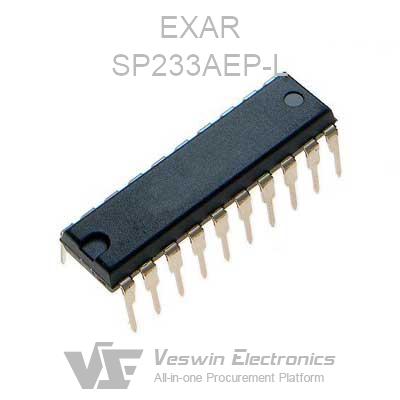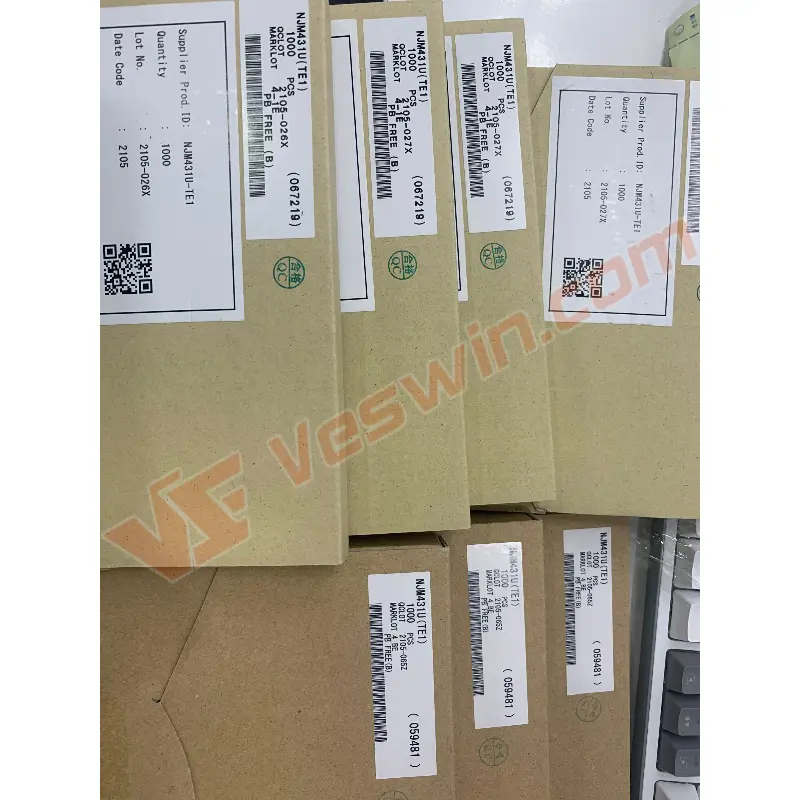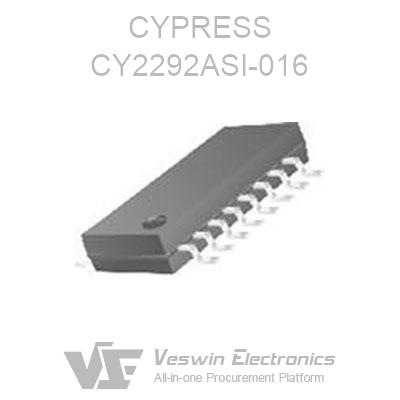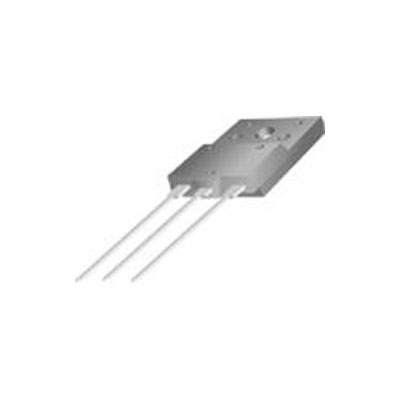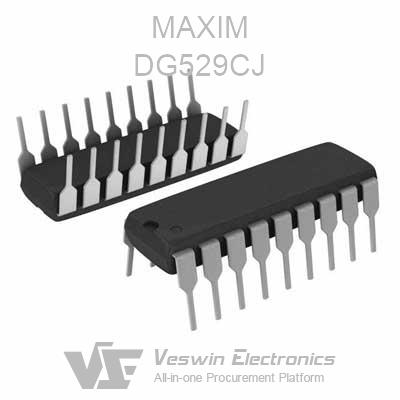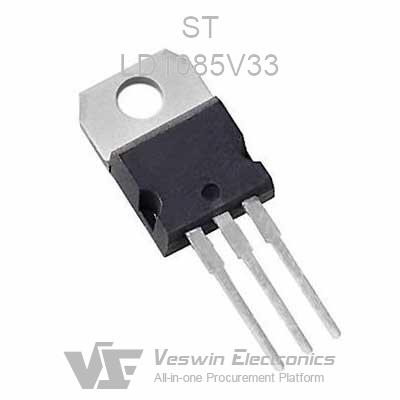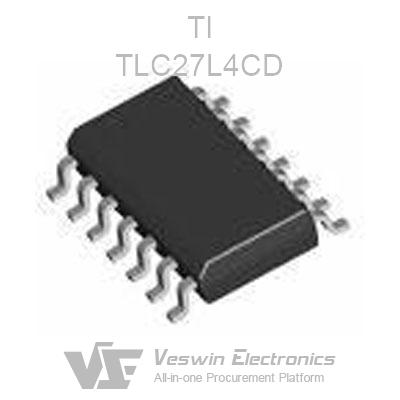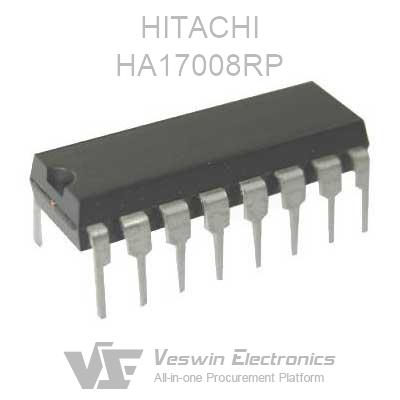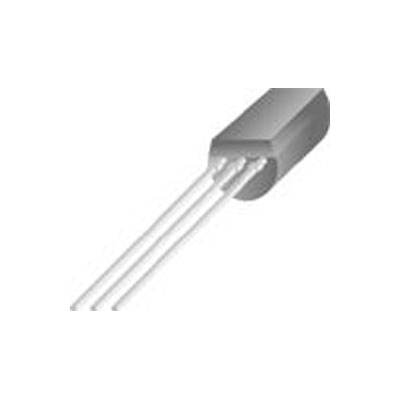Microcontroller is a small computing device that is designed to perform specific tasks and functions. It is essentially a compact integrated circuit (IC) that includes a processor (CPU), memory (RAM and ROM), input/output peripherals, and various other hardware components needed for its intended application. Microcontrollers are commonly used in embedded systems, which are systems or devices where the computer is an integral part of a larger system.
Key characteristics of microcontrollers include:
Processing Unit: Microcontrollers are equipped with a CPU that executes instructions and controls the device's operation. These CPUs are usually low-power and optimized for specific tasks.
Memory: They have onboard memory, typically including RAM for data storage and ROM (Read-Only Memory) for storing the program code. Some microcontrollers also support external memory expansion.
Input/Output (I/O) Peripherals: Microcontrollers have various input and output pins or ports that allow them to interface with the external world. These ports can be used to connect sensors, displays, motors, and other devices.
Clock Speed: Microcontrollers typically operate at relatively lower clock speeds compared to general-purpose computers, as they are designed for real-time and power-efficient applications.
Low Power Consumption: They are often optimized for low power consumption, making them suitable for battery-powered and energy-efficient devices.
Embedded Applications: Microcontrollers are commonly used in embedded systems, such as household appliances, automotive control systems, industrial machinery, medical devices, and consumer electronics.
Real-Time Operation: Many microcontrollers are designed to respond to real-time events and can handle time-sensitive tasks.
Cost-Efficiency: Microcontrollers are often cost-effective and tailored to the specific requirements of the application, making them suitable for mass production.
Programmability: They can be programmed to execute specific tasks using software, which is typically written in low-level languages like C or assembly language.
Microcontrollers come in various flavors, ranging from simple 8-bit microcontrollers with minimal resources to more powerful 32-bit and 64-bit microcontrollers with advanced features. The choice of a microcontroller depends on the specific requirements of the application, including processing power, memory, and I/O capabilities.
In summary, microcontrollers are specialized computing devices designed for embedded systems, where they perform dedicated tasks and control various aspects of the connected devices. They are a fundamental component of the Internet of Things (IoT) and are used in a wide range of electronic products.
Microcontrollers come in various types and families, each with its own set of features and capabilities. These microcontroller types are typically categorized based on their architecture, word length, and manufacturer. Here are some common types of microcontrollers:
8-Bit Microcontrollers: These microcontrollers have an 8-bit CPU architecture, meaning that they process data in 8-bit chunks. They are often used in simple control and monitoring applications.
16-Bit Microcontrollers: These microcontrollers have a 16-bit CPU architecture, providing more processing power and memory compared to 8-bit microcontrollers. They are suitable for more complex applications.
32-Bit Microcontrollers: These microcontrollers have a 32-bit CPU architecture, offering even more processing power, memory, and advanced features. They are commonly used in high-performance embedded applications.
64-Bit Microcontrollers: While less common, there are microcontrollers with 64-bit architectures that offer significant computational capabilities for specialized applications.
ARM-Based Microcontrollers: Many microcontrollers are based on ARM (Advanced RISC Machine) architectures, which come in various bit widths (e.g., 32-bit, 64-bit). ARM-based microcontrollers are widely used due to their performance and energy efficiency.
Specialized Microcontrollers: Some microcontrollers are designed for specific applications, such as digital signal processing (DSP), automotive control, motor control, and real-time operating systems (RTOS). These microcontrollers often have specialized hardware features tailored to their intended use.
Wireless Microcontrollers: Some microcontrollers come with built-in wireless communication capabilities, making them suitable for IoT applications.
FPGA Microcontrollers: Field-Programmable Gate Array (FPGA) microcontrollers are versatile and programmable devices that can be reconfigured to perform various tasks. They are often used in applications where flexibility is crucial.
The choice of a microcontroller type depends on the specific requirements of the application, including processing power, memory, I/O capabilities, power efficiency, and cost considerations. Selecting the right microcontroller is an important decision in the development of embedded systems and IoT devices.
Recommend specific models:XE164H96F66LACFXQMA1 SPC5643LF2MLQ1 5CSEMA2U2317N CY9BF521KQN-G-AVE2
Device controller, also known as a peripheral controller or I/O (Input/Output) controller, is a crucial component of a computer system that manages the communication between the central processing unit (CPU) and various peripheral devices or external hardware components. Its primary functions include:
Data Transfer: The device controller is responsible for transferring data between the CPU and the connected peripheral devices. It ensures the correct flow of data in both directions, whether it's sending data from the CPU to a device or receiving data from a device and passing it to the CPU.
Data Buffering: Many device controllers include data buffers to temporarily store data. These buffers help smooth out differences in data transfer rates between the CPU and the peripheral, ensuring that data is not lost due to timing mismatches.
Data Formatting: Some device controllers handle data formatting and conversion between the format used by the CPU and the format required by the peripheral device. This is especially common in cases where the CPU and the peripheral use different data formats or protocols.
Error Handling: Device controllers often have error detection and correction mechanisms. They can identify errors in data transmission and take corrective actions, such as requesting data retransmission or correcting errors in the received data.
Control Signals: Device controllers generate and interpret control signals that govern the interaction between the CPU and the peripheral. This includes signaling when data is ready for transfer, requesting permission to send data, and notifying the CPU of the status of the device.
Address Decoding: In systems with multiple peripherals, the device controller performs address decoding to determine which peripheral device should be communicated with. This helps the CPU interact with the intended peripheral.
Interrupt Handling: Device controllers often support interrupt mechanisms. They can generate interrupts to inform the CPU of important events or conditions, such as data transfer completion, errors, or device status changes. This allows the CPU to respond promptly to such events without the need for constant polling.
Synchronization: Some device controllers provide synchronization features to ensure that data is transferred at the correct rate and in proper alignment with the peripheral's requirements.
Resource Management: In systems with limited resources, device controllers may manage these resources. For example, in a disk drive controller, the device controller may manage the allocation of storage space on the disk.
Power Management: Device controllers may also play a role in power management, allowing peripherals to enter low-power states when not in use and waking them up when needed.
Protocol Conversion: In cases where different peripherals use different communication protocols, the device controller can perform protocol conversion, translating data between the CPU and the peripheral device to ensure compatibility.
Security: Some modern device controllers incorporate security features to protect data and ensure the integrity of communication between the CPU and peripherals.
Device controllers are essential in computer systems because they enable the CPU to communicate with a wide range of external devices and ensure that data is transferred accurately and efficiently. These controllers are often designed to be specific to the type of peripherals they manage, such as disk drive controllers, display controllers, network interface controllers, and USB controllers, among others.
Maybe you like these brands of microcontrollers:TI INTEL Freescale Microchip
Microcontrollers are versatile integrated circuits used in a wide range of embedded systems and applications. Their compact design and specific features make them suitable for controlling various hardware components and performing specific tasks. Some common uses of microcontrollers include:
Consumer Electronics: Microcontrollers are found in everyday consumer products such as microwave ovens, washing machines, coffee makers, and remote controls. They control the operation of these devices, manage user interfaces, and perform tasks like timing, temperature control, and motor control.
Automotive Systems: Microcontrollers are a fundamental part of modern automobiles. They control engine management systems, anti-lock brakes (ABS), airbag systems, climate control, infotainment systems, and many other vehicle functions.
Industrial Automation: Microcontrollers are used in industrial automation for tasks like monitoring sensors, controlling motors and actuators, managing conveyor systems, and implementing programmable logic controllers (PLCs).
IoT (Internet of Things) Devices: The IoT relies heavily on microcontrollers to connect and control a vast array of smart devices, including smart thermostats, security cameras, door locks, and environmental sensors. Microcontrollers in these devices handle communication, data processing, and control.
Robotics: Robotics often involves multiple microcontrollers for controlling different aspects of a robot, such as motion, sensors, vision systems, and human-machine interfaces.
Medical Devices: Microcontrollers are used in medical equipment such as infusion pumps, patient monitors, and diagnostic devices. They are crucial for precise control and data processing in healthcare applications.
Aerospace and Avionics: Microcontrollers are used in aircraft systems for flight control, navigation, and data processing. They help manage critical functions like autopilots, communication systems, and engine control.
Home Automation: Microcontrollers are integral to home automation systems, managing lighting, heating and cooling systems, security, and home entertainment.
Embedded Systems: Many embedded systems, including electronic locks, access control systems, and vending machines, rely on microcontrollers for control and operation.
Gaming Consoles and Arcade Machines: Microcontrollers are used in gaming devices to control game logic, input/output, graphics, and audio.
Environmental Monitoring: Microcontrollers are used in environmental monitoring systems, weather stations, and pollution control systems for data acquisition and processing.
Communication Equipment: Microcontrollers play a role in communication devices like modems, routers, and network switches, managing data routing and transmission.
Educational Tools: Microcontroller development boards, such as the Arduino and Raspberry Pi, are widely used in education to teach electronics, programming, and hardware interfacing.
Security Systems: Microcontrollers are used in security systems for access control, surveillance, and alarm systems. They help detect and respond to security breaches.
Agriculture: Microcontrollers are used in precision agriculture applications for monitoring and controlling irrigation systems, sensors, and automated farming equipment.
Wearable Devices: Wearable technology, such as fitness trackers and smartwatches, relies on microcontrollers for data processing, sensors, and user interaction.
Energy Management: Microcontrollers are used in smart meters and energy management systems to monitor and control electricity consumption.
Microcontrollers are essential for automation, control, and data processing in a wide range of applications, making them a key component in today's technology-driven world. Their low power consumption, small form factor, and versatility make them ideal for a broad spectrum of embedded systems.
Microcontrollers and microprocessors are both essential components of computing systems, but they serve different purposes and have distinct characteristics. Here are the key differences between microcontrollers and microprocessors:
1) Hardware structure
The microprocessor is a single-chip CPU, and the microcontroller integrates the CPU and other circuits in an integrated circuit chip to form a complete microcomputer system. In addition to the CPU, the microcontroller also includes RAM, ROM, a serial interface, a parallel interface, a timer, and an interrupt scheduling circuit. These are integrated into an integrated circuit. Although the on-chip RAM has a smaller capacity than ordinary microcomputer systems, this does not limit the use of microcontrollers. It can be learned later that the application range of the microcontroller is very wide.
An important feature of the microcontroller is the built-in interrupt system. As a control-oriented device, microcontrollers often have to respond to external stimuli (interruptions) in real-time. The microcontroller must perform a fast context switch to suspend one process to execute another process in response to an "event." For example, opening a microwave oven door is an event. In a microcontroller-based product, this event will trigger an interrupt. The microprocessor can also have a powerful interrupt function but usually requires the cooperation of external components, and the microcontroller integrates all the necessary circuits to handle interrupts on the chip.
2) Application areas
Microprocessors are usually used as CPUs in microcomputer systems. Its design is precisely for such applications, which is also the advantage of the microprocessor. However, microcontrollers are often used for control-oriented applications. The system design pursues miniaturization and minimizes the number of components. In the past, these applications usually required dozens or even hundreds of digital integrated circuits. The use of a microcontroller can reduce the number of components used. Only a microcontroller, a small number of external components, and control programs stored in ROM can achieve the same function. Microcontrollers are suitable for those occasions where very few components are used to control input/output devices. Microprocessors are suitable for information processing in computer systems.
3) Instruction set features
Due to different applications, the instruction sets of microcontrollers and microprocessors are also different. The microprocessor's instruction set enhances processing capabilities, giving it a powerful addressing mode and instructions suitable for operating large-scale data. The instructions of the microprocessor can operate on nibbles, bytes, words, and even double words. By using address pointers and address offsets, the microprocessor provides an addressing mode that can access large amounts of data. Self-increasing and self-decreasing modes make it very easy to access data in bytes, words, or double words. Besides, the microprocessor has other features, such as the inability to use privileged instructions in user programs.
The instruction set of the microcontroller is suitable for input/output control. Many input/output interfaces are a single bit. For example, the electromagnet controls the switch of the motor, and a 1-bit output port controls the electromagnet. The microcontroller has instructions for setting and clearing units and can also perform other bit-oriented operations, such as logical AND, OR, and XOR operations on "bits." Few microprocessors have these powerful bit manipulation capabilities because designers only consider operating data in bytes or larger units when designing microprocessors.
In terms of device control and monitoring (perhaps through a 1-bit interface), the microcontroller has dedicated internal circuits and instructions for input/output, timing, and priority assignment of external interrupts. Microprocessors generally need to cooperate with additional circuits (serial interface chip, interrupt controller, timer, etc.) to perform the same task. However, in terms of processing power alone, the microcontroller will never reach the level of a microprocessor because a large part of the integrated circuit in the microcontroller chip is used to implement other on-chip functions.
Due to the very limited resources on the microcontroller chip, the instructions must be very streamlined, and most instructions are shorter than 1 byte in length. The design principle of the control program is usually that the program can be loaded into the on-chip ROM. This is because even adding only one external ROM will significantly increase the hardware cost of the product. The basic feature of the microcontroller instruction set is a streamlined coding scheme. Microprocessors do not have such characteristics because their powerful addressing mode makes the instruction coding not simple enough.
Recommended read:How much do you know about interface ICs?
Hot News
